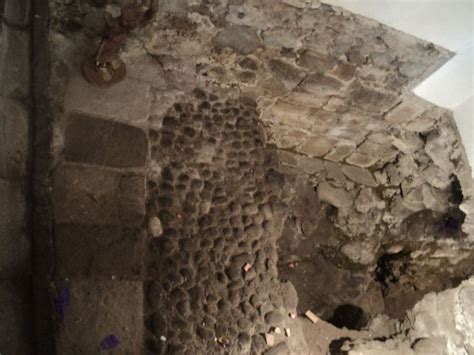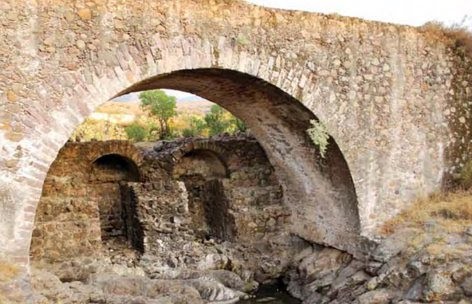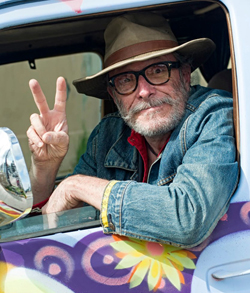by José Luis Mendoza Aubert
An urban legend here, in San Miguel, tells of secret tunnels under the city. But the legend is a fact. There are a number of tunnels of various widths. Some are wide, like those in Guanajuato City, made large enough to accommodate an ox-pulled cart, laden with treasure. Others are narrow, and run big houses in el Centro to churches or strategic points.
It must be remembered that San Miguel was a very important point in the passage of the Camino Real de Tierra Adentro, the highway, so to speak, from the 16th century, which began as a trail and came to cover 2,574.95 kilometers, from Mexico City to West Texas and New Mexico. (In the next installment we will talk about this vital artery and its role in the development of New Spain.)

Well, the part between the state of Zacatecas and Mexico City is also known as the Ruta de la Plata (the Silver Route). From the north, wagons loaded with gold and silver came to our fair city, having stopped in Mineral de Pozos to collect more ore for the coffers of Spain, because in reality all this wealth was sent to Spain. Well, all that precious metal would have to be protected and moved surreptitiously during its stay in San Miguel. You can imagine there was no shortage of thugs who wanted to seize the products of the mines.
To protect the goods, they were kept in secret tunnels under San Miguel. Carts entered through tunnel mouths in what were then the outskirts of the city. There are still some tunnel entrances to be found, such as the one that can be seen when the Allende dam lowers its level.
Subterranean vaults, accesses and secret passageways have been found in various houses in the center of the city. Most of these, for fear of collapse or access to thugs, animals or vermin, have been filled in or modified.

In the Cristero War, 1926-1929, a conflict between the clergy and the government, these tunnels and passageways, many of which went from the churches, monasteries and convents to the houses of the families that supported the clergy, were widely used by clergymen and civilians. It is a very interesting chapter in the history of México that we will address in the near future.
In conclusion, we must understand that, although, or because, they were below the surface, these tunnels and passageways were extremely important in their time. These corridors moved goods and people safely, serving as escape routes and as hiding places. So critical were they that they are still present, vestigially or yet in good working order, in almost all the colonial cities of Mexico. Such is the case of the Guanajuato City, León, Guadalajara, Puebla, and our dear San Miguel, to name just a few.
**************

José Luis Mendoza Aubert: actor, director and theater technician; teacher and writer of Theater and Plastic Arts; founder and director of the Comedia del Universo theater company and school, operating in San Miguel for the last 20 years; musicologist and cinephile, judge of the En Corto Film Festival now GIFF for 8 years; Director of Art and Culture of the Public Library for 15 years; member of the board of directors of El Sindicato Centro Cultural Comunitario.
José Luis gives talks and workshops on environmental awareness in schools and communities. He is a founding member of the Allende la Cultura Collective. He plays Veracruz music and writes poetry and is a founding member of the music group Jarocha "Soledad".
**************
*****
Please contribute to Lokkal,
SMA's non-profit community publication:
 ***
***
Discover Lokkal:
Watch the two-minute video below.
Then, just below that, scroll down SMA's Community Wall.
Mission

Visit SMA's Social Network
